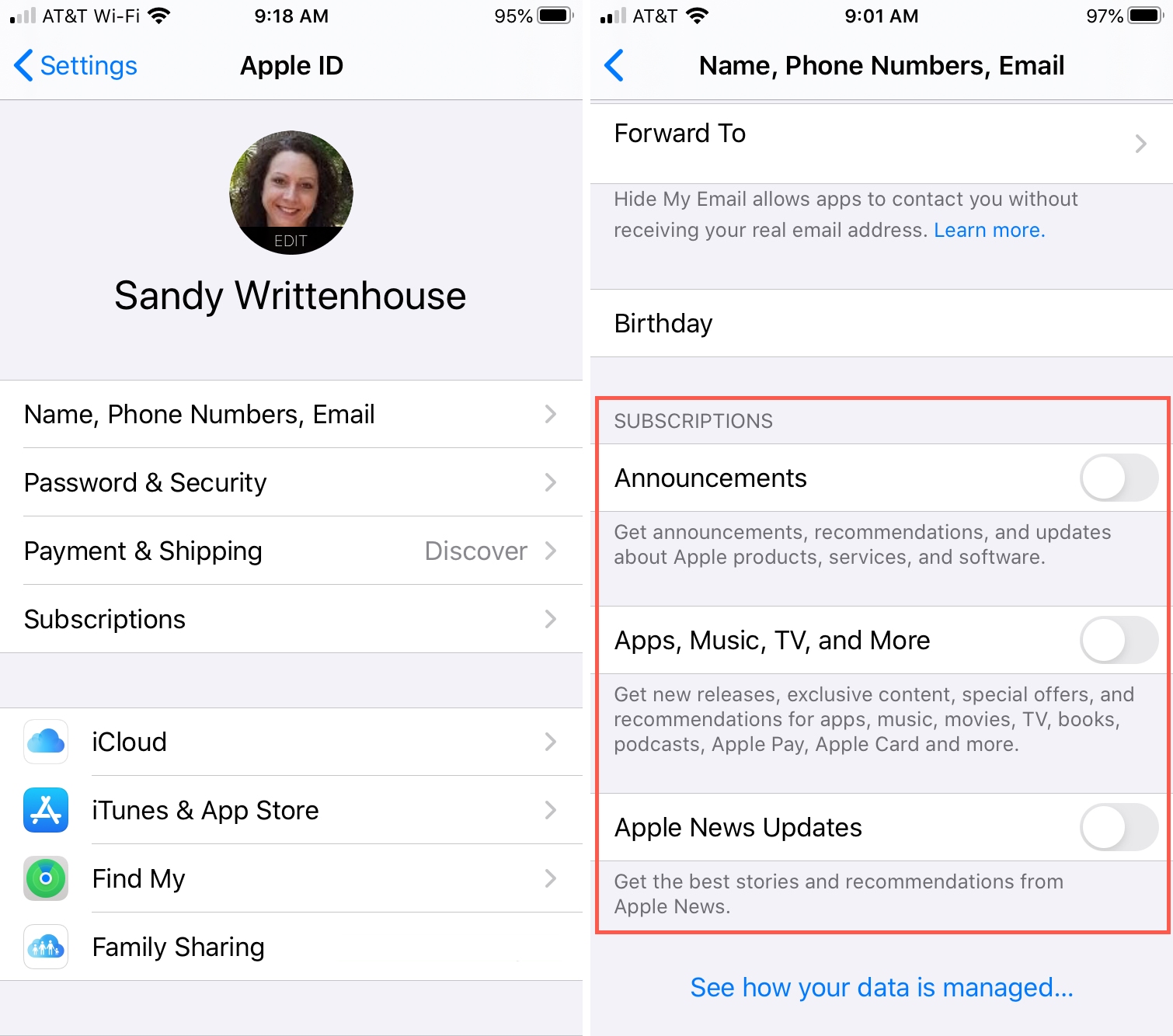


- #STOP MAC OS NOTIFICATIONS FOR SETTING UP EMAIL FOR ICLOUD UPGRADE#
- #STOP MAC OS NOTIFICATIONS FOR SETTING UP EMAIL FOR ICLOUD REGISTRATION#
- #STOP MAC OS NOTIFICATIONS FOR SETTING UP EMAIL FOR ICLOUD VERIFICATION#
#STOP MAC OS NOTIFICATIONS FOR SETTING UP EMAIL FOR ICLOUD VERIFICATION#
At least, some Apple ID verification settings can be configured to your own preference and updated at any time, so it’s critical to understand the process and what works for you.


For example, borrowing a device during repairs or renting one for travels.īesides, most of us want to avoid going through the technical support process or have difficulty troubleshooting these issues on our own if we get locked out of our Apple ID login during the two factor authentication process. It’s possible you’re less concerned about the privacy of your information if you only use your account for limited, basic features or plan to use a device for a short time.
#STOP MAC OS NOTIFICATIONS FOR SETTING UP EMAIL FOR ICLOUD UPGRADE#
If you frequently change your phone number or upgrade your hardware, you might want to avoid connecting these accounts or devices with the two factor authentication process. You might regularly use different, untrusted devices to access your account, such as a school or public workspaces, and get tired of completing two factor authentication all day long. By removing two factor authentication, you might feel less anxiety of trusting yet another system (or your own memory) to function properly all of the time, and reduce the fear of being mistakenly logged out.
#STOP MAC OS NOTIFICATIONS FOR SETTING UP EMAIL FOR ICLOUD REGISTRATION#
Sometimes flaws in technology or human error can get you locked out of an account, or the personal info that you’ve used at registration has changed and become difficult to keep consistent. With dozens of active accounts and services - that all seem to have different requirements for creating login credentials - it can be overwhelming to manage all of your passwords across different devices and make sure you understand the process to access each one when you need to. The two factor authentication process that Apple initiated a few years ago has become commonplace by now, but you might choose to reduce this complexity and turn off two factor authentication from your account for a variety of reasons too. Apple ID two factor authentication is one of the most common instances: it requires a secondary verification code from a trusted device in addition to your standard password when you need to verify Apple ID from a different iPhone or MacBook.Ĭonsidering that an Apple ID account contains credit card information, contact addresses, emails and phone numbers, photos and videos, backups, notes, and purchase history, the ability to protect this data is crucial. Two factor authentication is a method of security that grants access only after the user presents two different pieces of evidence that confirm their identity or access - typically, knowledge (something only they know) and possession (something only they have). But first it’s important to understand the options available and risks associated with them, so you can decide what works best for you. Protecting personal security and privacy is one of the most essential requirements for tech users today. Get Secrets, a secure password manager app for Mac.


 0 kommentar(er)
0 kommentar(er)
